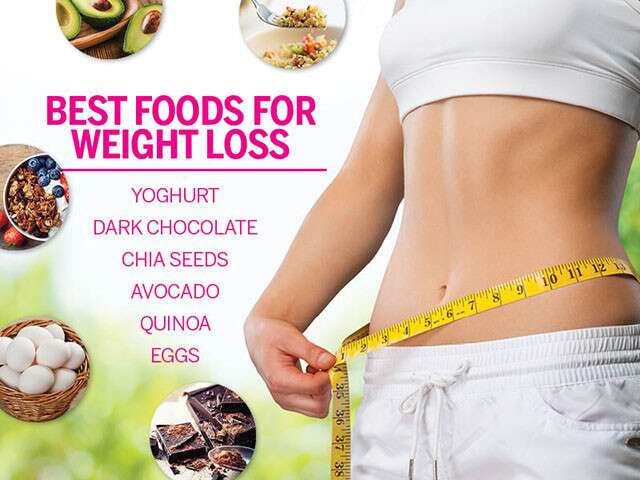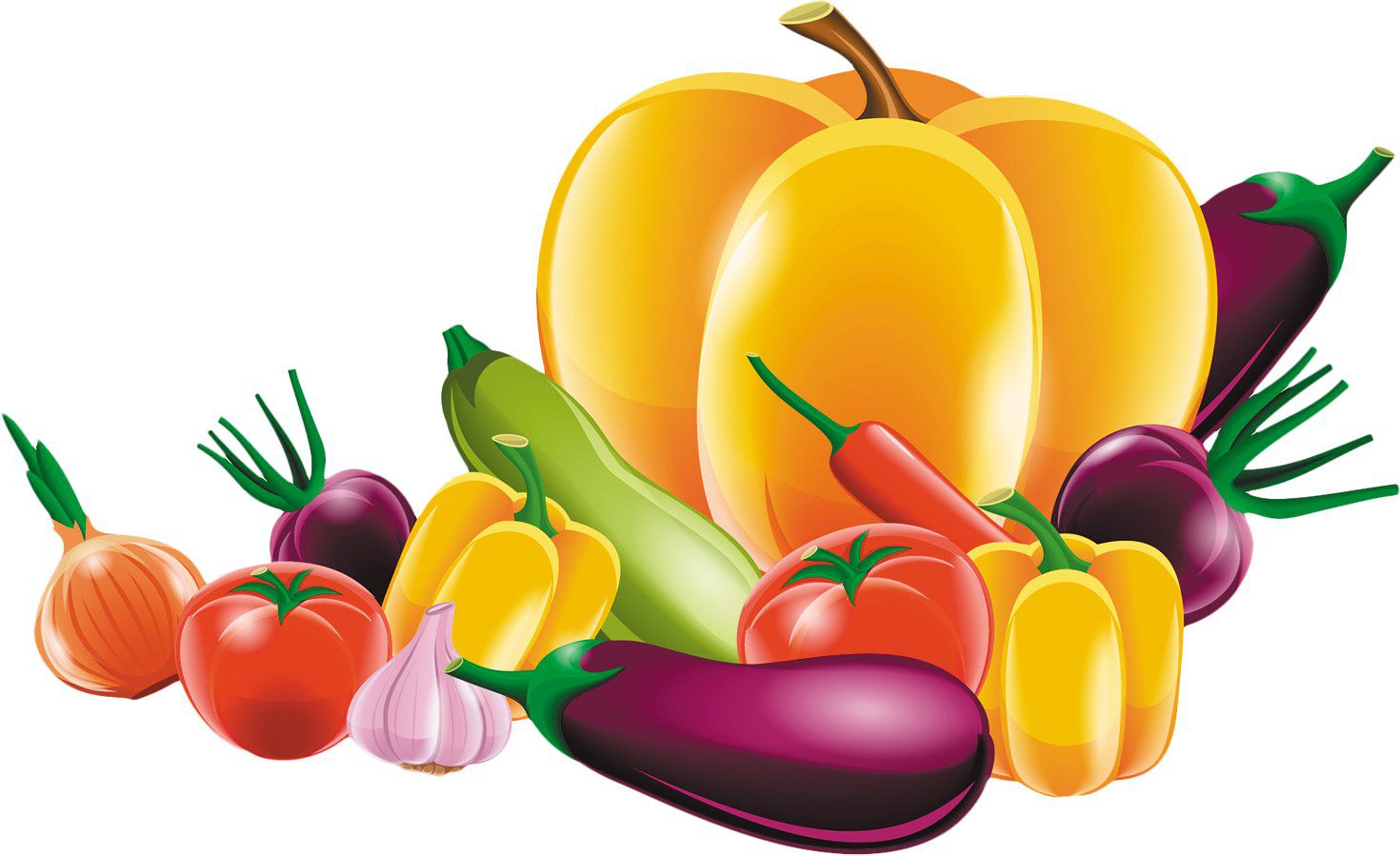
One of the best foods for dieting is cucumber. It is low in calories and has no fat. You can slice it in the morning to enjoy throughout the day. Some delicious cucumber recipes will make your diet even more exciting. For those of you who love eating ice cream, you should consider a low-calorie version. Consider a chocolate-flavored cucurbit if you prefer something sweet.
You might also like pistachios. They have five grams per 25g of protein. Lentils are another good choice, as they have a low GI and won't cause a spike in blood sugar. For 9 grams of protein, you can also consume a cup of lentils every day. High levels of protein are a great way to lose weight.

Citrus fruits, along with nuts, can be a great choice for dieting. They are high in fiber, antioxidants, water, and calories, which means they can fill you up quickly and help you lose calories. They help reduce swelling and inflammation. All the mentioned foods are excellent for dietetics. You can combine or choose from them all to create your ideal diet. It is best to cut them into quarters so you can add them to your daily dinner.
The best foods to eat for weight loss are those high in omega-3 and protein. These can help you feel fuller and more likely to lose weight. Raw celery smoothies are also available. They have 73 calories. For an extra treat, add some fresh watermelon! This will satisfy your sweet tooth and give you an extra boost of energy. There are many benefits to this diet, so make sure to follow it carefully.
Crunchy vegetables are high in fiber and are a great source of fiber. Broccoli, cauliflower, Brussels sprouts, and kohlrabi are all excellent choices. To retain high-quality phytonutrients as well as fiber, raw vegetables should be eaten. Avocados are an excellent source of monounsaturated fat and are a filling food. This kind of fat is great for dieting.

You can also eat canned green vegetables for diet. Sautéing cabbage can help you lose weight. Consume a lot of vegetables to get the desired nutrients. Vegetables contain a lot of fiber and are full of energy. It will be hard to maintain a healthy diet that isn't rich in fruits and vegetables. You can eat them raw or prepare them in any way you like. High fiber and low calories are two of the best food choices for dieting.
FAQ
What causes weight loss as we age?
How can you find out if your weight has changed?
When there is more muscle mass than fat, weight loss can occur. This means that the amount of calories consumed must exceed the amount of energy used daily. The most common cause of weight loss is decreased activity levels. Other factors include stress, illness and pregnancy. If there is more body fat than muscle mass, then weight gain can occur. This happens when people consume more calories than they burn during the day. Overeating, increased physical activity and hormonal changes are all common reasons.
Our bodies lose weight mainly because we eat less calories that we burn. The main reason we lose weight is because we exercise more often. This increases our metabolism rate and burns more calories each day. This doesn't necessarily mean we will lose weight. What matters is whether we are losing fat or building muscle. Weight loss is possible if you burn more calories than you consume. But if we're consuming more calories than we're burning, then we're actually storing them as fat.
As we grow older, we tend to become slower at moving around and therefore we don't move as much. We also tend have less food to eat than when our children were young. This is why we tend to gain weight. On the flip side, we tend to have more muscle mass so we look bigger than we really are.
Without weighing yourself each week, there is no way to know how much weight you have lost. There are many ways you can measure your weight. You can also measure your waist, hips or thighs. Some people prefer to use bathroom scales while others like to use tape measures.
If you want to track your progress, you should try weighing yourself once a week and measuring your waistline once a month. You can also take pictures of yourself every few months to see how far you've come.
You can also find out how much you weigh by looking up your height and weight online. If you are 5'10" tall, and you weigh 180 lbs, then you would probably weigh 180 lbs.
What is the difference between fat and sugar?
Fat is an energy source that comes from food. Sugar is naturally found in fruits and veggies. Both fats, as well sugars, provide the same number calories. But fats are twice as calories as sugars.
Fats are stored in the body and contribute to obesity. They may cause cholesterol buildup and lead to strokes or heart attacks.
Sugars are quickly absorbed by the body and provide instant energy. This causes blood glucose levels rise. High blood glucose levels can pose a danger because they increase the chance of developing type II Diabetes.
What's the best diet?
Your lifestyle and individual needs will determine the best diet for your body. Consider how much energy and low-calorie foods you consume, as well as whether or not you are a fan of fruits and vegetables.
If you are trying to lose weight, then you may want to try intermittent fasting. Intermittent fasting is a way to eat only certain meals during the day instead of three large meals. This may be a better option than traditional diets with daily calorie counts.
Research suggests that intermittent fasting may increase insulin sensitivity and lower inflammation. This can result in a reduction in blood sugar levels and a reduced risk of developing diabetes. Research also shows that intermittent fasting may increase fat loss and improve overall physique.
Statistics
- This article received 11 testimonials and 86% of readers who voted found it helpful, earning it our reader-approved status. (wikihow.com)
- In both adults and children, the intake of free sugars should be reduced to less than 10% of total energy intake. (who.int)
- WHO recommends reducing saturated fats to less than 10% of total energy intake; reducing trans-fats to less than 1% of total energy intake; and replacing both saturated fats and trans-fats to unsaturated fats. (who.int)
- Extra virgin olive oil may benefit heart health, as people who consume it have a lower risk for dying from heart attacks and strokes according to some evidence (57Trusted Source (healthline.com)
External Links
How To
What does "vitamin" actually mean?
Vitamins are organic compounds found naturally in food. Vitamins are essential for our bodies to absorb nutrients from the foods we eat. Vitamins cannot come from the body so food must provide them.
There are two types: water-soluble and fat-soluble vitamins. Water soluble vitamins dissolve easily in water. Some examples include vitamin C,B1 and B2 vitamins (thiamine), B2 and riboflavin, B3 and B6 vitamins (niacin), folic acids, biotin, pantothenic acids, and cholesterol. The liver and fatty tissues are home to fat-soluble vitamins. These include vitamin D, E and K, as well as beta carotene.
Vitamins are classified according their biological activity. There are eight main groups of vitamins.
-
A – Essential for normal growth, and the maintenance of good health.
-
C – essential for proper nerve function.
-
D - Vital for healthy bones and teeth
-
E is needed for good reproduction and vision.
-
K - Essential for healthy muscles and nerves.
-
P - essential for strong bones, teeth and tendons
-
Q - Aids in digestion and absorption.
-
R - Red blood cells are made from red blood cells.
The recommended daily intake (RDA), of vitamins varies with age, gender and physical condition. The U.S. Food and Drug Administration (FDA) sets the RDA values.
For adults over 19, the RDA for vitaminA is 400 micrograms per daily. However, pregnant women need 600 micrograms per day because it is important for fetal development. Children ages 1-8 require 900 micrograms per day. For infants younger than one year, 700 micrograms are required daily. However, this number drops to 500 micrograms each day for children aged 9-12 months.
Children aged between 1-18 years require 800 micrograms of sugar per day, while overweight children need 1000 micrograms. Children who are underweight receive 1200 micrograms every day to meet their nutritional requirements.
Children between 4 and 8 years old with anemia will need 2200 micrograms daily of vitamin C.
Adults over 50 years of age need 2000 micrograms per day for general health. Due to their increased nutrient needs, pregnant and breastfeeding women need 3000 micrograms daily.
1500 micrograms are required daily by adults over 70 because they lose approximately 10% of their muscle each decade.
Women who are pregnant, nursing or breastfeeding need more than the RDA. Pregnant women require 4000 micrograms daily during pregnancy, and 2500 micrograms every day after birth. Breastfeeding mothers require 5000 micrograms daily when breast milk production is occurring.